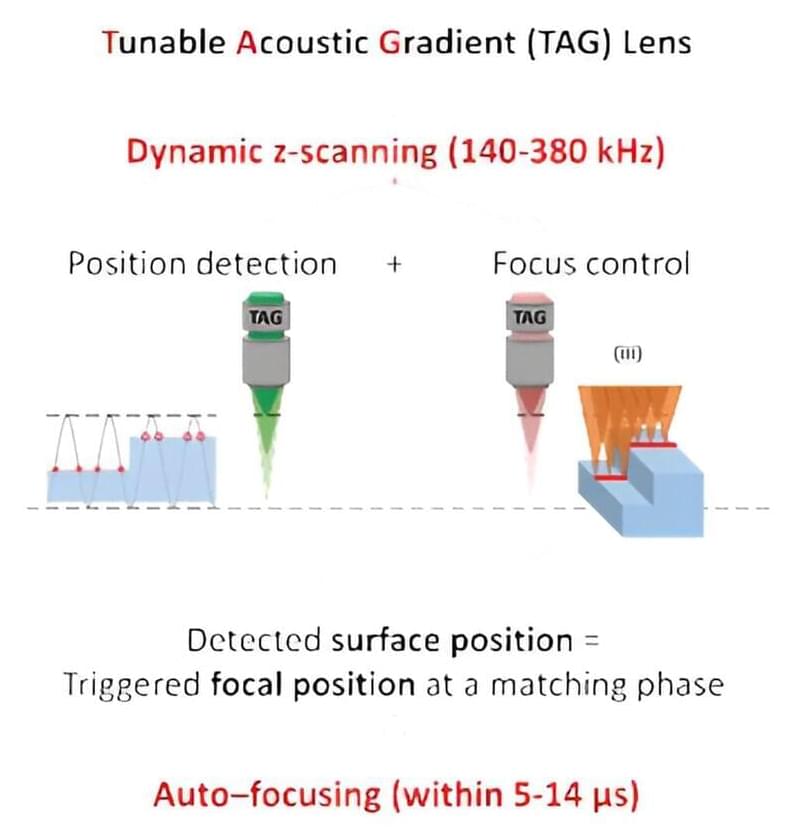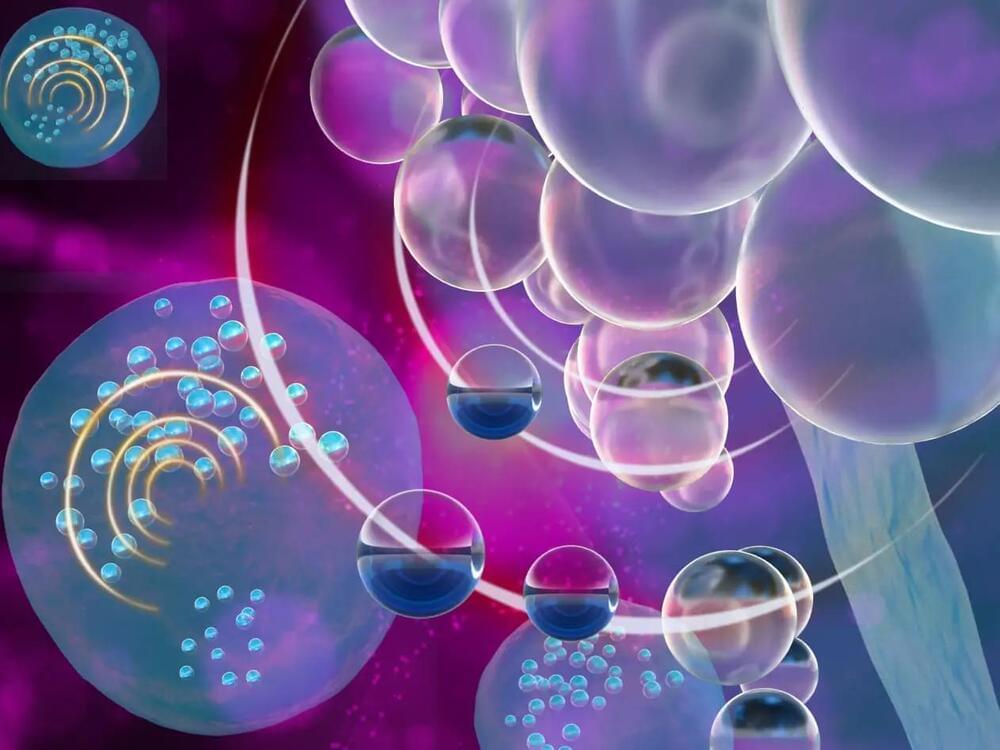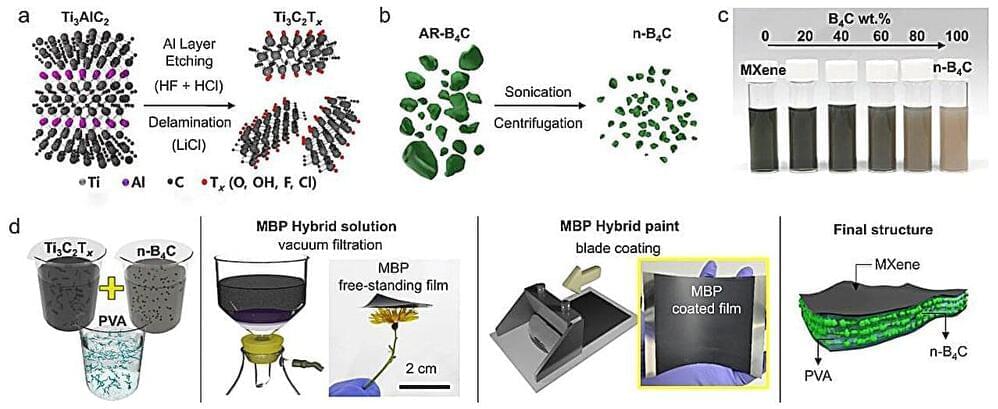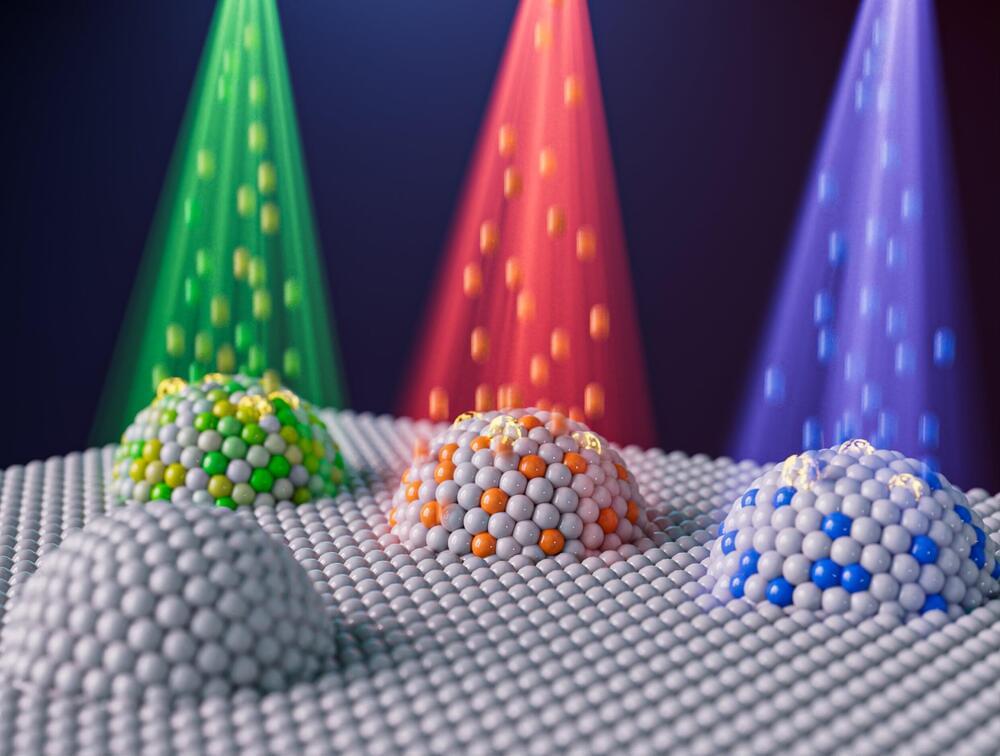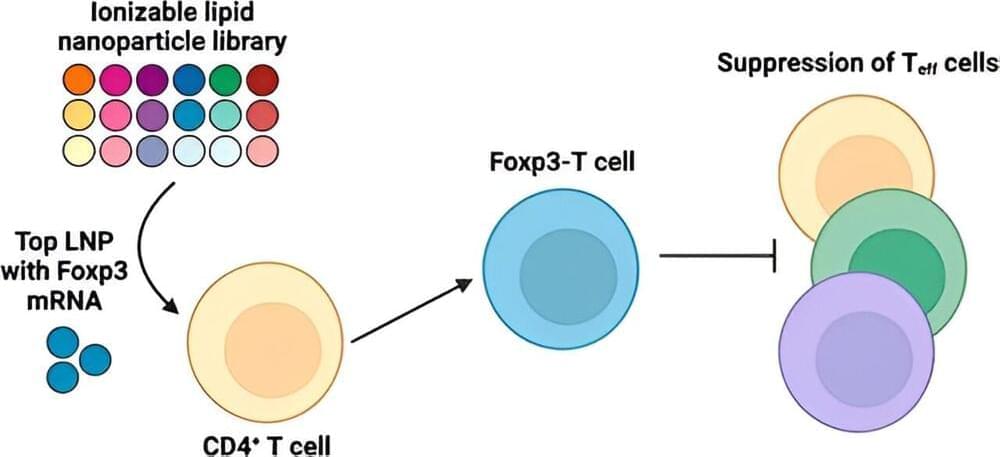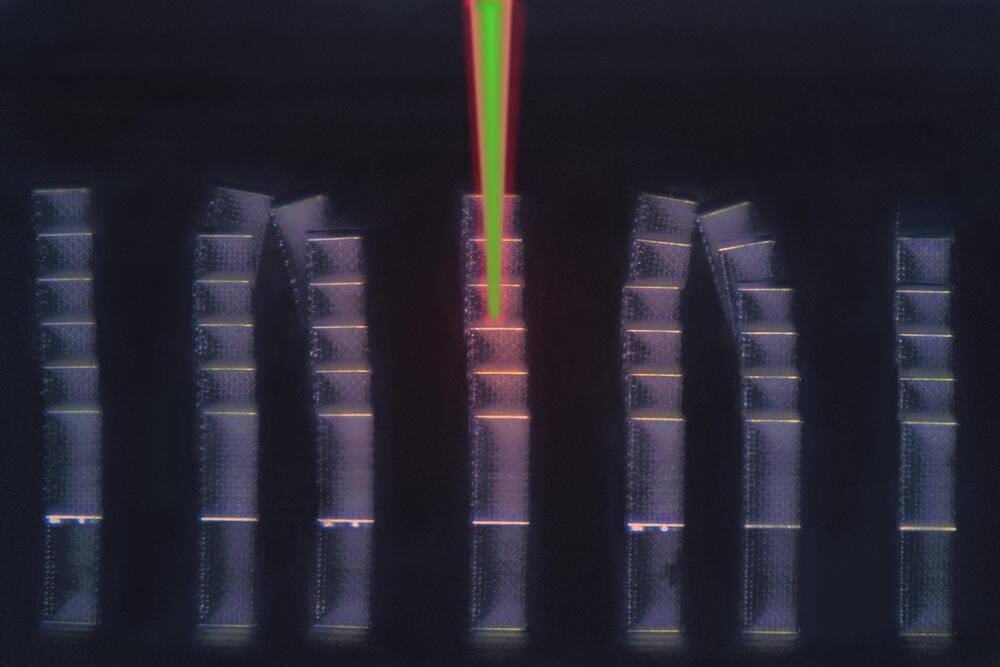Nov 23, 2023
Tesla open sources all design and engineering of original Roadster
Posted by Genevieve Klien in categories: Elon Musk, engineering, sustainability, transportation
Tesla has open-sourced all of the design and engineering of the original Roadster, CEO Elon Musk announced today, and plenty of people are wondering if the timing of the release has anything to do with the next-gen Roadster that is now several years behind schedule.
Tesla has opened everything from Owner’s Manuals to Circuits and Connectors for the original Roadster, which was the automaker’s first project fifteen years ago in 2008.
The vehicle was essentially a fundraising campaign for Tesla as it fought to keep its doors open and transform the passenger vehicle industry. It almost bankrupted the company, but now, everything that was developed for Tesla’s initial EV project is available for anyone to take a look at.

